CGU Report - Application of Discrete Element Numerical Simulation in Quantitative Analysis of Structural Deformation in Oil and Gas Bearing Basins(2023-10-16)
2023 China Geoscience Union Annual Meeting
Session 97: New Advances in Structural Theory, Technology and Practice of Oil and Gas Bearing Basins
Time:October 16th
Location:Zhuhai, Zhuhai International Convention and Exhibition Center, Exhibition Center, 2nd Floor, VIP-1
Title:Application of Discrete Element Numerical Simulation in Quantitative Analysis of Structural Deformation in Oil and Gas Bearing Basins: Research Status, Application Examples, Advantages and Challenges
Reporter:Changsheng Li
Authors:Changsheng Li1*,Hongwei Yin2,Wenqiao Xu2,Wei Wang2,Zhenyun Wu1,Zhao Zhang1
- School of Earth Sciences, East China University of Technology, Nanchang, Jiangxi 330013, China
- School of Earth Sciences and Engineering, Nanjing University, Nanjing, Jiangsu 210023, China *Corresponding Author E-mail: lichangsheng@ecut.edu.cn
**Abstract:**With the development of discrete element theory and computer technology, the discrete element method has been widely applied to the quantitative analysis of structural deformation in oil and gas bearing basins. Compared with traditional sandbox analog experiments, the discrete element method can more accurately control the boundary conditions of experiments, quantitatively reveal the spatiotemporal evolution characteristics of stress and strain during structural deformation, and deepen researchers’ understanding of structural deformation mechanisms from multiple perspectives. Previous studies have achieved a large number of research results based on the discrete element numerical simulation method in the study of structural deformation in oil and gas bearing basins and hydrocarbon resource exploration. However, the discrete element method also has some limitations and shortcomings in the study of structural deformation in oil and gas bearing basins. Restricted by the computational power of computers, current research on basin structural deformation mainly adopts two-dimensional discrete element simulation. However, the study of related issues such as the lateral migration of salt structures and the three-dimensional evolution of strike-slip faults still relies on the application of three-dimensional discrete element simulation methods. This paper combines the research status of the discrete element method in the quantitative analysis of structural deformation in oil and gas bearing basins, showcases its application examples in the quantitative study of compressional structures, extensional structures, and strike-slip faults, and summarizes its future development advantages and challenges. The discrete element method regards the granular aggregate model as a collection of several discrete units, allowing large displacements between particles, which is particularly suitable for the quantitative study of structural deformation in oil and gas bearing basins. It has great potential in the quantitative study of structural deformation, stress-strain, and fracture prediction, and is one of the main methods for the quantitative study of structural deformation in oil and gas bearing basins in the future.
Keywords: Numerical Simulation, Sedimentary Basin, Structural Deformation, Quantitative Analysis, Stress-Strain
Partial PPT
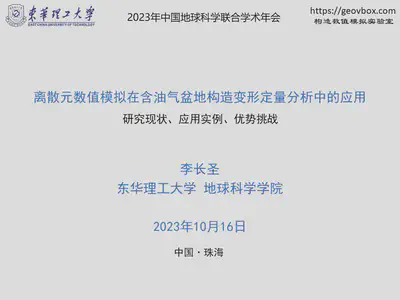
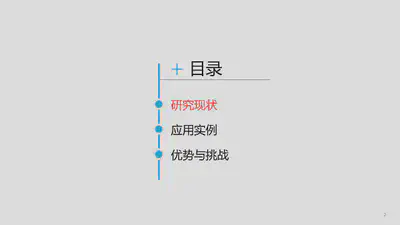

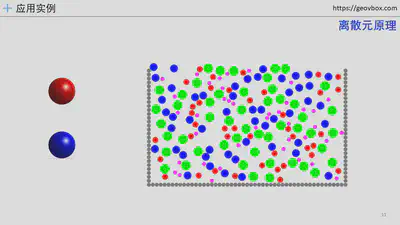
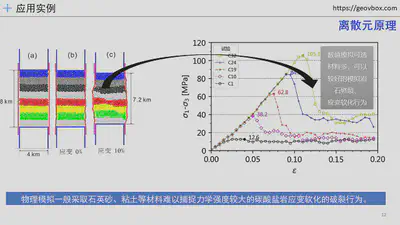
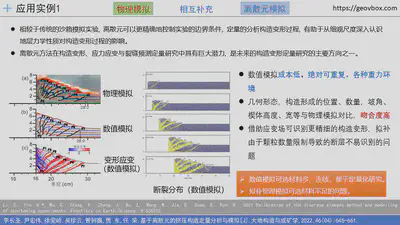
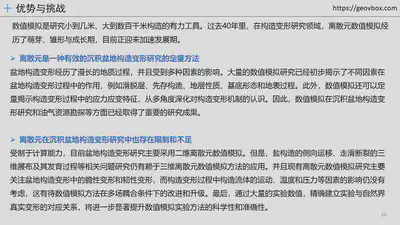
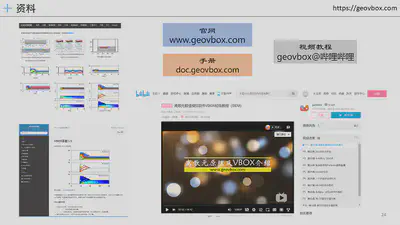
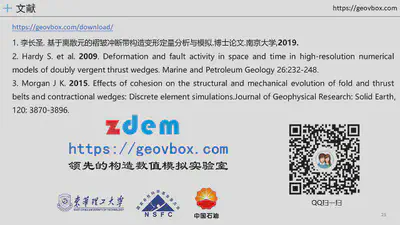
Translator: Bao Xianjun